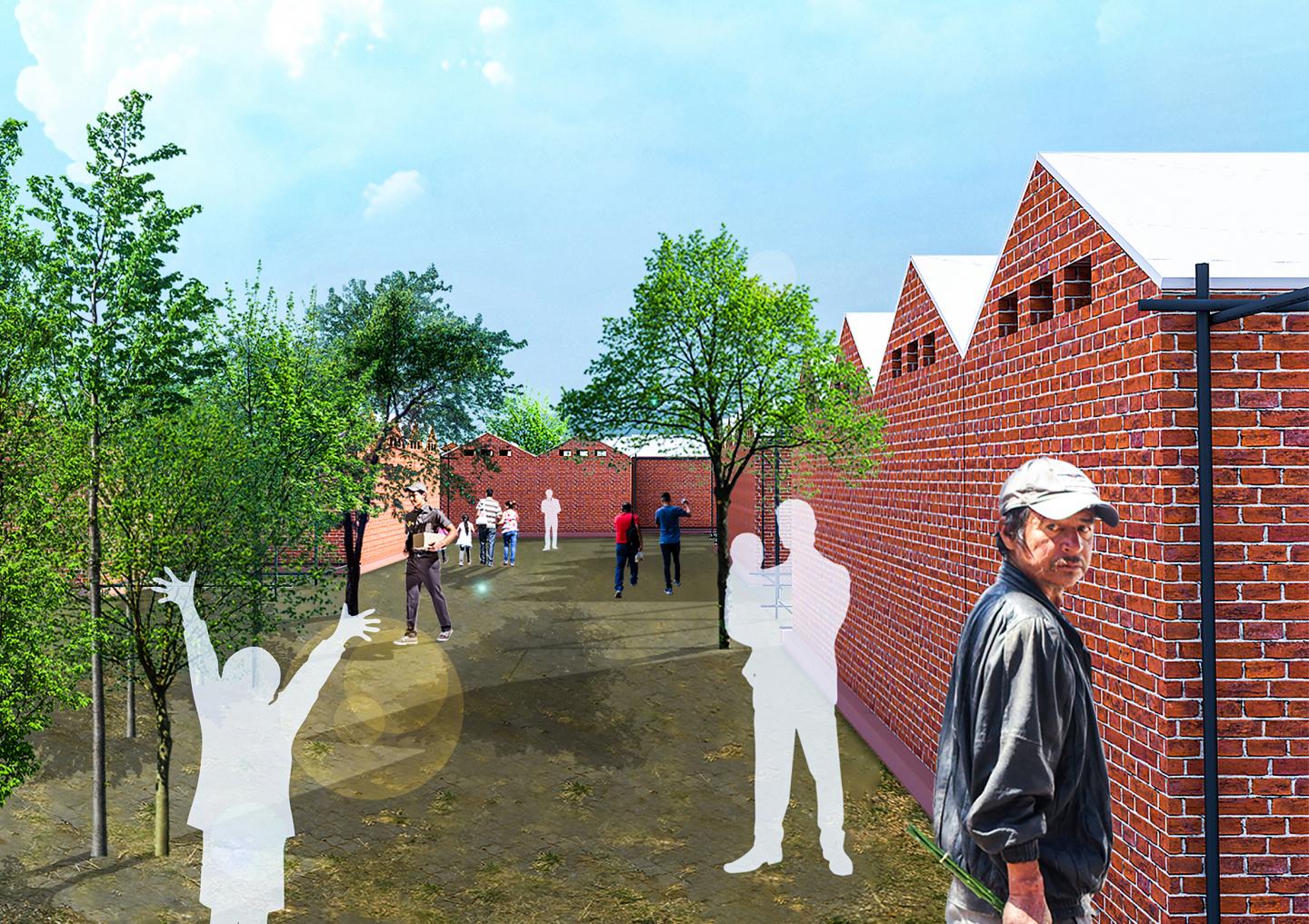A: For centuries, earthquakes have been an inevitable phenomenon that bring destruction and devastation all around the world and we aren’t any more prepared or equipped to deal with them than we used to be. One of the most recent examples of these catastrophic earthquakes is the one that happened in Kermanshah, Iran which resulted in severe loss of life and devastation during and after they happened.
The energy of human beings being together in the past tragedy of Kermanshah has been an important component for reviving and strengthening their relationship with each other. In the aftermath of this life after losing much of their lives, is there really any hope for the future? The answer to this question is a challenge that brings an understanding of the subject and its context. In this design, by considering the components of the past event in Kermanshah and adapting it to the living conditions and context of the project site, along with the existing strategies, I have tried to provide a specific solution in response to the question.
An important issue that has been explored in this project is the provide a large number of spaces for injured and traumatized people in a short amount of time by considering a planned program.
B: Our approach for this issue that not only provides a solution for immediate relief after disaster strikes, but also foresees steps and precautions that can be taken beforehand to lessen the damages and ease the process of rebuilding.
We make a broader solution beyond a temporary housing or ready-made objects or products, that could be utilized after an earthquake, also prepare a city and provide accommodation for the survivors of an earthquake.
The objectives in this challenge are: Reproducibility & Scalability, Fast & Easy Implementation, Native Workforce & Materials, Practicality & Feasibility.
2020
0000
Concept:
Reuse of existing buildings on the site with a few modifications as part of the project, cheap independent housing resulting from the use of sustainable and accessible materials without the need for skilled expertise, along with reshaping the community as exemplified by redefining the family framework And look at the concept of family in the culture of the region.
Program :
(Architecture ideas, Transient/Quick relief/Action Plan) All three have been answers and choices to solve this problem because we need more flexibility and focus on the problem to compensate and reduce the damage. If each theme is in a single phase, it must be in the correct order to run. The first phase is pre-incident and includes an operational and preparedness plan as well as public awareness. Meanwhile, the second phase, architectural ideas, begin to define the context needed to start the process of executing details and renovating part of the site's buildings. Finally, the third phase of emergency response is provided by a camp located on the main site and supervised by government agencies, Crisis Organization, and the Red Cross. There will also be temporary camps in open spaces and parks where access and health and food assistance will be provided.
Structure innovation:
A new look at a tool in construction such as scaffolding can be useful in the construction model to accommodate affected people because the use of this tool has the ability to implement it in the shortest time with limited load on one floor and also integration in It has the shape and volume of a building. And finally, when these buildings were no longer needed, they could be removed without any loss of quality and without any pollution and re-used in the construction industry and the city's reconstruction.
Soheib Rahmani
























